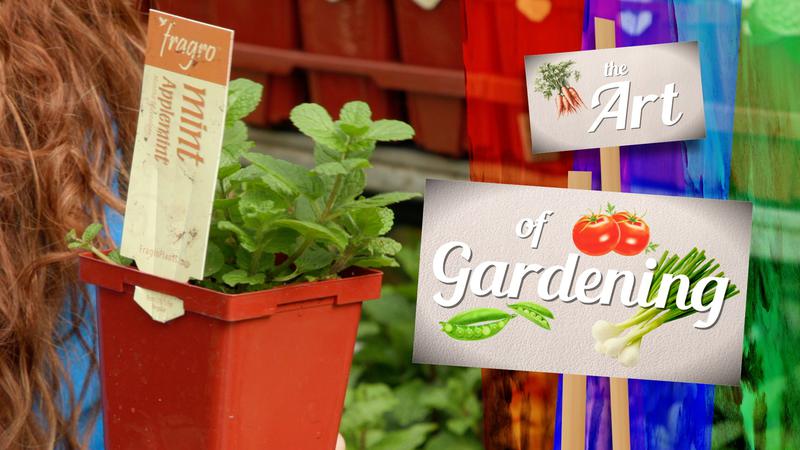The way out of the darkness
KAMLOOPS — On February 27 Interior Health released yet another overdose alert for Kamloops. Six people died from illicit drug overdose over a period of ten days. Somebody’s child, sibling, spouse, or parent. It is not a matter of age, or status. That is unfortunately the message that becomes stronger with each new story on the opioid crisis front.
Someone got lost and could not find a way back. Most of us can only suppose what it’s like to have a loved one engulfed by addiction, or, God forbid, lose them to it. Like many parents of teenagers and young adults I have asked myself if that could happen to my children.
You want to say no, thinking of the many reasons why it can’t, and then you read a story about a parent who said the same at some point, and yet somehow, they found themselves unprepared and pained witnesses to the opposite. Worst of all, many parents and family members find themselves lacking options and resources when it comes to dealing with a loved one’s drug problem.
Truly, the world seems to be separated into those who have seen the problem up close and those who are wise from afar. Then, there are those in between, who are willing to learn more, listen more and understand that only when you take a close look and try to understand, you may be part of the change that needs to happen in order to prevent future drug-related deaths. Addiction is not an issue that lives at the edge of society, nor can we pretend it does.


